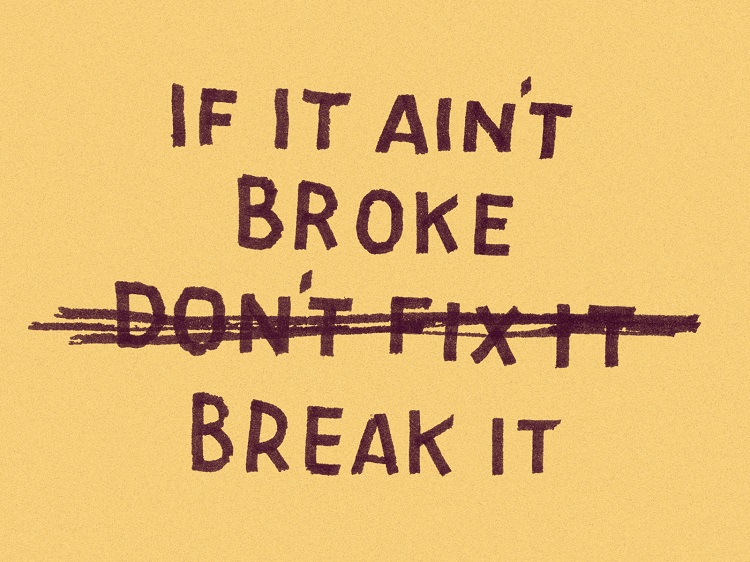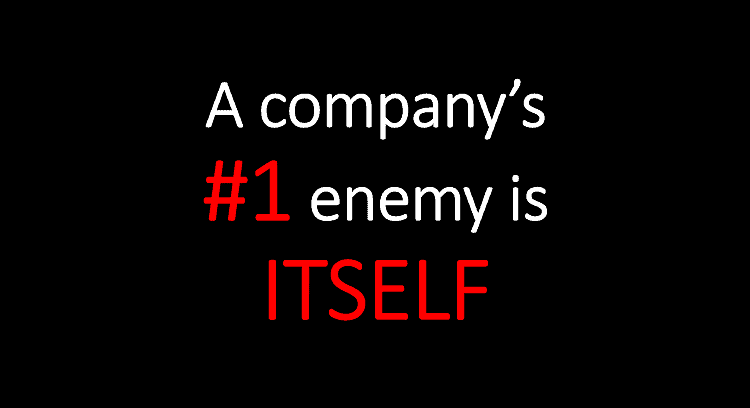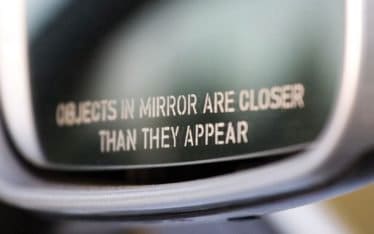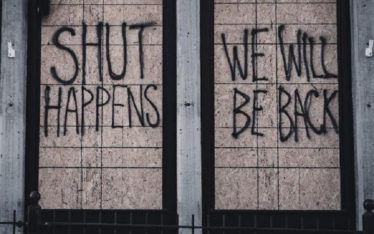Is there something profoundly wrong with some of the basic assumptions about how change works?
Two decades ago “about 70% of all change initiatives fail.” Today, according to global consulting firm BCG, organizations actually gotten worse at it: “75% of transformation efforts don’t deliver the hoped-for results.”
The trouble is that although organizations recognize and may even anticipate disruption, they are not good at adapting to them.
Resistance to change has long been cited as one of the key reasons why companies fail to adapt on time.
Let’s kill the company
In many companies, the same cliche questions are asked to prompt change: “What’s the next big thing?,” or, “Let’s think outside the box.”
To come up with answers to these cliches, executives look in the rear view mirror and rely on the same worn-out methods or, even worse, copy-the-competitor strategies.
For companies to proactively identify external threats as well as their own weaknesses a better way forward would be to “Kill the Company”.

Instead of the usual question — “How can we beat the competition?” — ask, “How can the competition beat us?”. By reversing the usual question, it enables the employees, the people with insider knowledge of the business, to identify its weak spots. Ask the employees to brainstorm all the ways that the business could be rendered obsolete.
When leaders give employees freedom to say it like it is, they really lean into it. And this is exactly what needs to happen.
People’s willingness to change in order to avoid the unfortunate fate
At the end of a typical “Kill our Company” session, the range of diverse ideas of how to kill and save the company is matched only by people’s willingness to change in order to avoid the unfortunate fate. Lisa Bodell reports that “the first time HBO did this exercise, it generated three pages of tactics that a top competitor could use to destroy its network. An American mining company runs this exercise regularly to protect itself against both competitive and market forces.
Kill the Company identifies exactly where and how the business is vulnerable. It empowers employees, and it helps leaders work on weaknesses while seizing opportunities.
Make the change before everyone else. Stay ahead of the curve. Look to the future for ideas, not the past.
Short URL & title:
If it ain’t broke, don’t fix it – Fix it anyway — https://www.torbenrick.eu/t/r/wha
Share it:
If you enjoyed this article, please take 5 seconds to share it on your social network. Thanks!








About The Author
Torben Rick
Experienced senior executive, both at a strategic and operational level, with strong track record in developing, driving and managing business improvement, development and change management. International experience from management positions in Denmark, Germany, Switzerland and United Kingdom